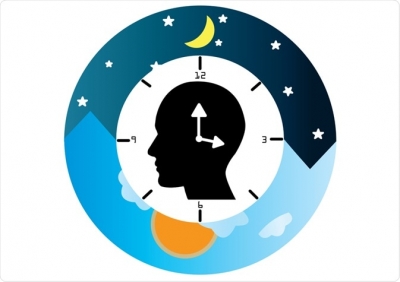
Circadian rhythms are 24-hour cycles that are part of the body’s internal clock, running in the background to carry out essential functions and processes. One of the most important and well-known circadian rhythms is the sleep-wake cycle.
Newborns do not have a circadian rhythm developed until they are a few months old. This can cause their sleeping patterns to be erratic in the first days, weeks, and months of their lives. Their circadian rhythm developsTrusted Source as they adapt to the environment and experience changes to their bodies. Babies begin to release melatonin when they are about three months old, and the hormone cortisol develops from 2 months to 9 months old.
Teenagers experience a shift in their circadian rhythm known as sleep phase delay. Unlike in their childhood years with early bedtimes around 8 or 9 p.m., teenagers may not get tired until much later in the night.
Melatonin may not rise until closer to 10 or 11 p.m. or even later. That shift also results in a teenager’s need to sleep later in the morning. Their peak sleepy hours at night are from 3 a.m. to 7 a.m. — or may even be later — but they still need the same amount of sleep as children.
Adults should have a pretty consistent circadian rhythm if they practice healthy habits. Their bedtimes and wake times should remain stable if they follow a fairly regular schedule and aim for seven to nine hours of sleep every night. Adults likely get sleepy well before midnight, as melatonin releases into their bodies. They reach their most tired phases of the day from 2 to 4 a.m. and 1 to 3 p.m.
Older adults may notice their circadian rhythm changes with age, and they begin to go to bed earlier than they used to and wake in the wee hours of the morning. In general, this is a normal part of aging.
Picture Credit : Google




